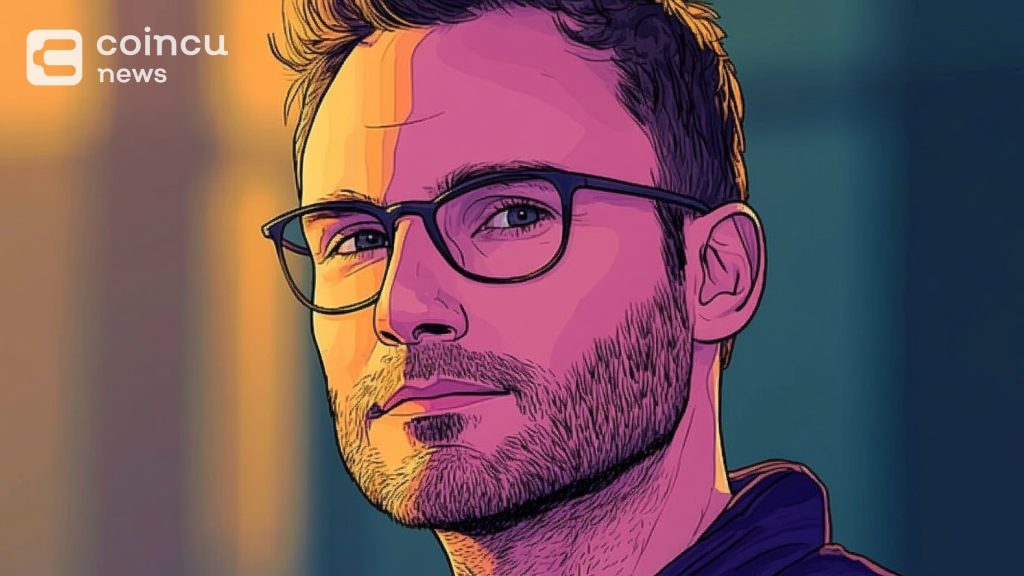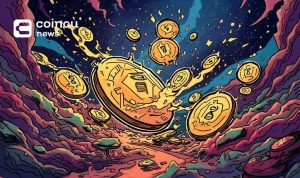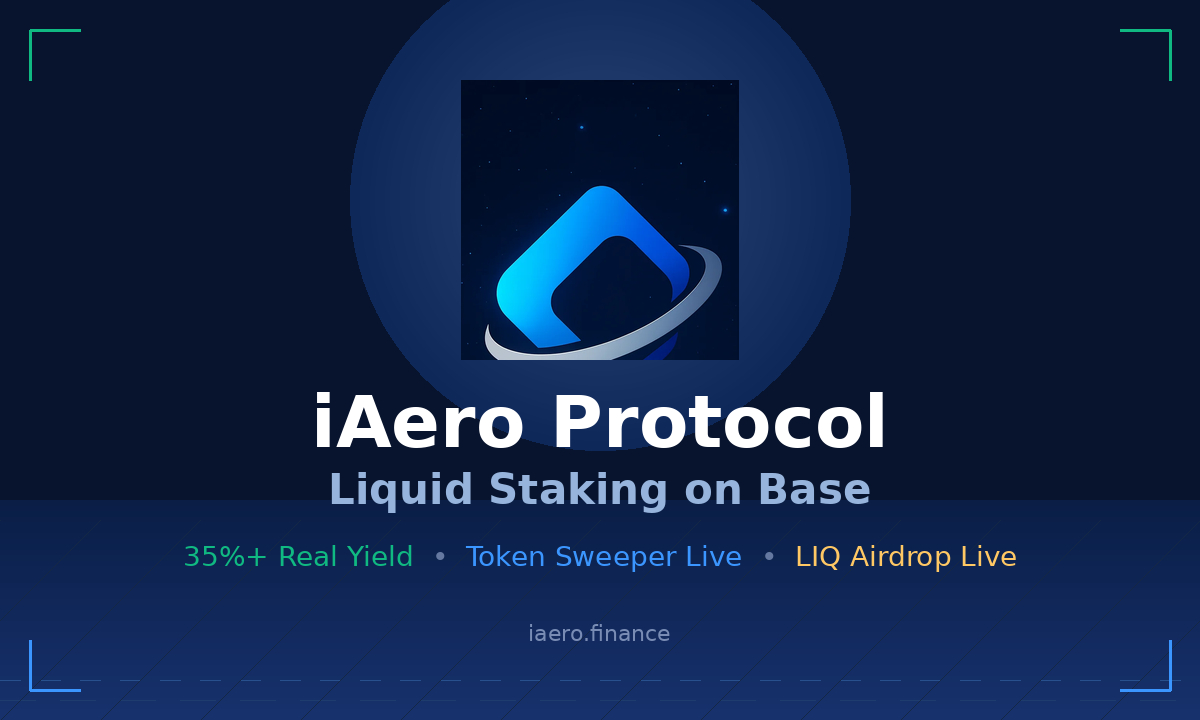Key Points:
- Tether CEO Paolo Ardoino decided against launching the company’s own blockchain because of the availability of already strong existing blockchains.
- Data shows that the top five blockchains control 86% of the total value locked. Tether believes using these established networks is sufficient.
In an industry where crypto entrepreneurs are increasingly launching their own blockchains, Tether Holdings, the issuer of the world’s largest stablecoin, USDT, has decided to chart a rather different path.

Read more: Tether Venture Investment Is Being Actively Fueled By Huge Profits
Tether CEO Paolo Ardoino Decides Not to Launch Tether’s Own Blockchain
Although looking into the idea of launching its own blockchain, Tether decided to scrap it due to saturation in the markets.
As Tether CEO Paolo Ardoino explained to Bloomberg News, it boiled down to a no-brainer decision per basic economics rules of demand versus supply. While he was very much confident about the technological prowess of Tether, Ardoino said blockchains could easily be commoditized.
“Launching a blockchain ourselves might be not the right move. There are very good blockchains,” he told Bloomberg News.
While Tether’s USDT, with $117 billion in market capitalization, sees wide usage for trading and remittances, the stablecoin issuer is of the view that existing blockchain infrastructure would suffice. According to data from DefiLlama, the top five of 306 blockchains host around 86% of the total value of assets locked. Ethereum remains at the top, having a $87.7 billion TVL. TRON follows with $8.1 billion in TVL and 49% of the USDT supply controlled.
Tether to Prioritize Security Over Launching Proprietary Blockchain
According to Tether CEO Paolo Ardoino, the company is “agnostic” about which blockchains USDT operates on, as long as it ensures security and sustainability. “For us, blockchains are just transport layers,” he said.
The top position of blockchain accorded to Ethereum is attributed to the first-mover advantage, the capacity for smart contracts, and the status of being the platform that hosts the second most liquid token despite its high transaction fees. Surely enough, analysts underscore that the blockchain ecosystem has turned into a multichain environment where success is decided by unique features such as speed, safety, and interoperability.
| DISCLAIMER: The information on this website is provided as general market commentary and does not constitute investment advice. We encourage you to do your own research before investing. |






















